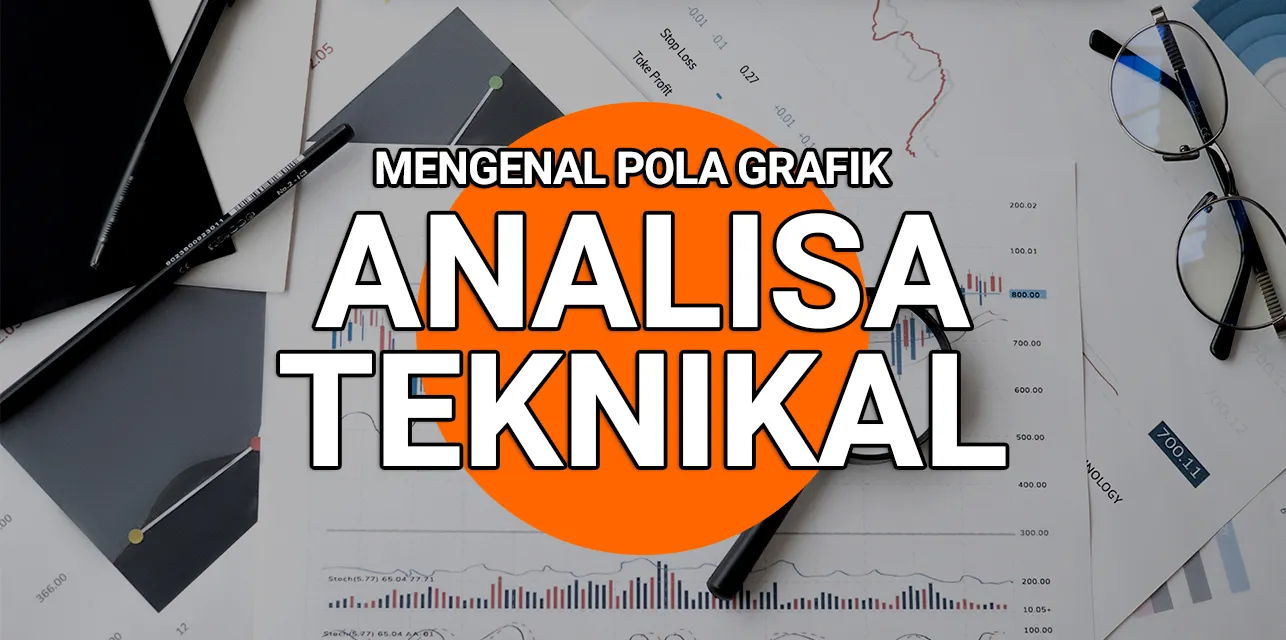Harmonic Patterns, also known as the XABCD pattern, is an analytical tool created by Harold McKinley Gartley. To highlight the five points of the chart pattern, users can manually draw and maneuver the five separate points (XABCD). These XABCD points form four separate legs that come together to create the chart pattern. The four legs are labeled as XA, AB, BC, and CD.

Each of the five points (XABCD) represents significant highs and lows in terms of price on the chart. As a result, the four legs (XA, AB, BC, CD) represent different trends or price movements that go in the opposite direction.
As a result, there are four most common XABCD chart patterns. These patterns can be either bullish or bearish. The four main patterns include: the Gartley pattern, the Butterfly pattern, the Crab pattern, and the Bat pattern.
Gartley Pattern
The Gartley pattern forms when price action has experienced an uptrend (or downtrend) but shows signs of correction. The pattern consists of a bullish or bearish ABCD pattern, preceded by a point (X) that is outside point D. Essentially, a "perfect" Gartley pattern has the following characteristics:

1. The AB movement must be a 61.8% retracement of the XA movement.
2. The BC movement must be a 38.2% or 88.6% retracement of the AB movement.
3. If the BC retracement is 38.2%, then CD must move 127.2% of BC. Thus, if BC is 88.6%, then CD should extend 161.8% of BC.
4. The CD movement should be a 78.6% retracement of XA.
Butterfly Pattern
The Butterfly pattern, created by Bryce Gilmore, is defined as a Fibonacci retracement of 78.6% AB from XA. The Butterfly has the following characteristics:

1. The length of AB must be a 78.6% retracement of XA.
2. The length of BC can be a 38.2% or 88.6% retracement from AB.
3. If the BC retracement is 38.2%, then CD should be 161.8% of BC.
4. If BC is 88.6% from AB, then CD should extend 261.8% of BC.
5. CD should be 127% or 161.8% of XA.
Crab Pattern
In 2000, Scott Carney, a strong believer in harmonic patterns, discovered the "Crab" pattern. He believes this pattern is the most accurate of all harmonic patterns due to the extreme Potential Reversal Zone (PRZ) of the XA movement. 
This pattern has a high risk and reward as you can place a very tight stop loss. A "perfect" Crab pattern should have the following aspects:

This pattern has a high risk and reward as you can place a very tight stop loss. A "perfect" Crab pattern should have the following aspects:
- The length of AB should be a 38.2% or 61.8% retracement of XA.
- The length of BC can be a 38.2% or 88.6% retracement of AB.
- If the BC retracement is 38.2% of AB, then CD should be 224% of BC. Thus, if BC is 88.6% of AB, then CD should extend 361.8% of BC.
- CD should be 161.8% of XA.
Bat Pattern
In 2001, Scott Carney discovered another harmonic pattern called the "Bat". The Bat is defined by a Fibonacci retracement of 88.6% of XA, marking the Potential Reversal Zone. The Bat pattern has the following characteristics:
- The length of AB should be a 38.2% or 50.0% retracement of XA.
- The length of BC can be a 38.2% or 88.6% retracement of AB.
- If the BC retracement is 38.2% of AB, then CD should be 161.8% of BC. Thus, if BC is 88.6% of AB, then CD should extend 261.8% of BC.
- CD should be an 88.6% retracement of XA.
Due to the limitations of knowledge and the materials I have, this concludes the content for beginners, intermediate, and professional traders. Keep practicing and sharpening your predictions and analysis so we can achieve consistent success. Happy trading, guys!
Visit GIC Indonesia for more information on the world of trading. You can also join our Telegram Community GIC Trade and Telegram Channel GIC Trade. Don't forget to check out the GIC Indonesia YouTube account, which is full of valuable information, and follow our Instagram account to get details on various webinars you can attend.
 Last:
Last: 








